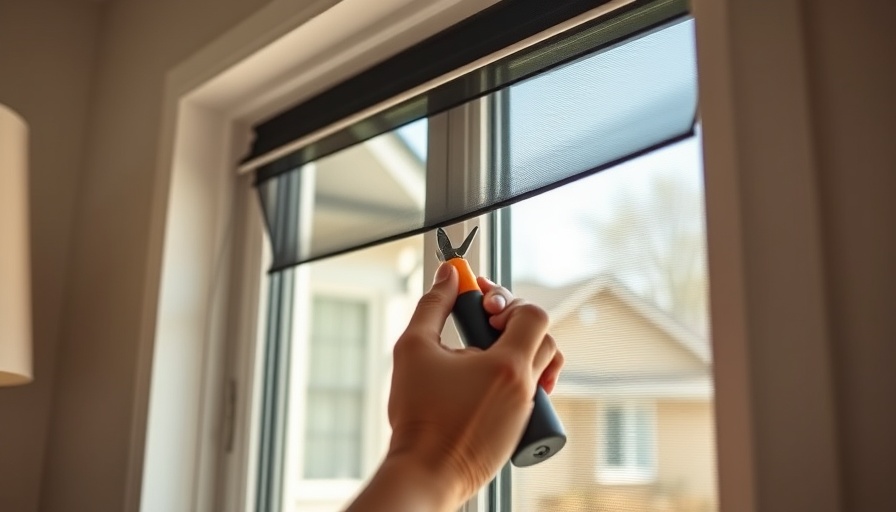
Understanding Different Window Types for Screen Removal
Before jumping into the intricate steps of removing a window screen, it's vital to understand the different types and styles of windows you may be dealing with. Knowing whether you're handling an interior or exterior screen can significantly impact the removal process.
Interior Windows: This type of window is usually installed from the inside of your home and is primarily designed for aesthetics.
Exterior Windows: Conversely, these screens are meant to be accessed from the outside, making their removal slightly different.
Steps to Safely Remove a Window Screen
1. **Open the Entire Window**: Begin by opening the window from both sides. This gives you clearance to maneuvers.
2. **Remove Tabs from Frame**: Carefully pull out the tabs on either side of the frame. These are crucial as they secure the screen in place.
3. **Lift the Screen**: Once the tabs are removed, gently lift the screen upwards, tilting it to pull it free from its frame.
4. **Catch Pins and Latches**: Don’t forget any pins or latches that might be attached to your screen. Store them safely for later use.
5. **Set Screen Aside**: Finally, securely carry the screen to a designated area, especially if you plan to repair or replace it later.
Unique Challenges with Different Window Styles
Next, let’s highlight some challenges associated with various window styles:
Single-Hung Windows: As only the lower part of these windows opens, ensure you have enough room to maneuver the screen without damaging it.
Double-Hung Windows: These offer versatility but require a careful approach to prevent misalignment upon reinstallation.
Casement Windows: Because of the unique hinging mechanism, removal might involve cranking them open fully.
Sliding Windows: These typically have one or more screens. Ensure smooth movement when pulling screens out to avoid breakage.
Common Missteps to Avoid
When embarking on this DIY project, it’s important to avoid certain pitfalls:
- Forgetting to Secure Tabs: Neglecting to remove the tabs properly can result in the screen bending or tearing.
- Rushing the Process: Take your time to ensure the screen is removed carefully. Rushing can lead to damaged frames or screens.
- Not Evaluating Screen Condition: If you spot any wear and tear, plan on repairing or replacing instead of simply remounting.
Conclusion: Mastering the Art of Screen Removal
Whether you’re swapping out damaged screens or cleaning them for a better view, mastering the removal is essential for any homeowner. Being informed about different window styles and learning the proper techniques can make the process easier and prevent potential damage. So, roll up your sleeves, follow these steps, and elevate your home’s aesthetics while keeping pesky bugs at bay!
 Add Row
Add Row  Add
Add 




Write A Comment